What’s in a Name?
Given the importance of privacy to the culture of crypto, pseudonyms abound on the NFT market. But value and identity are still inextricably tied together.
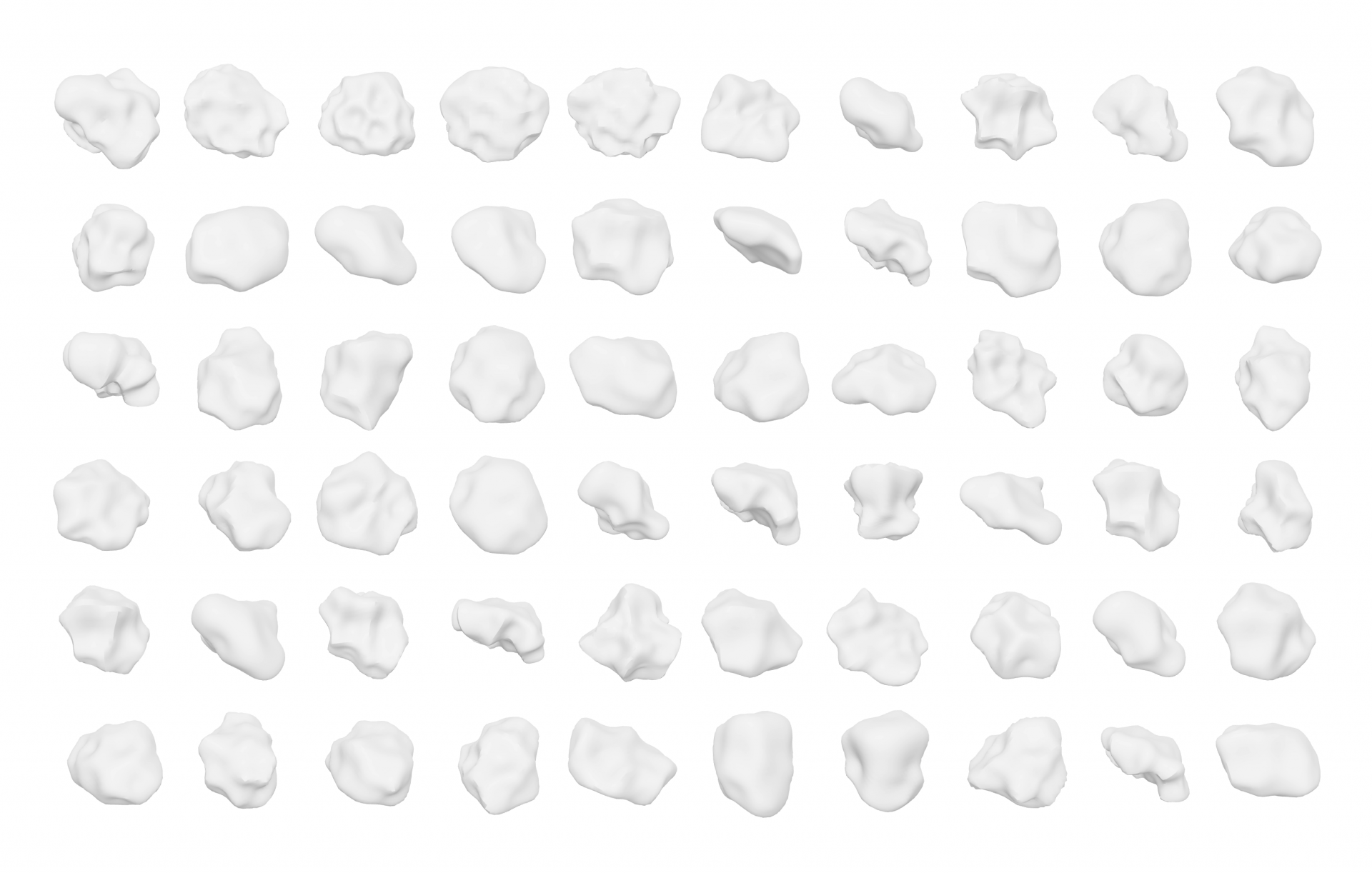
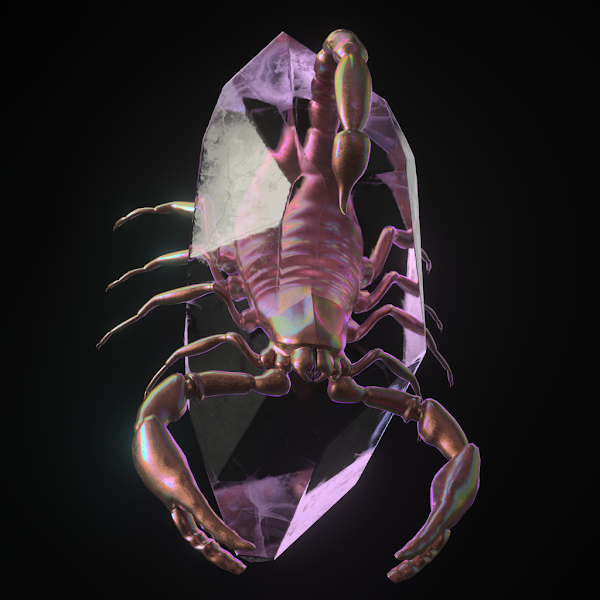
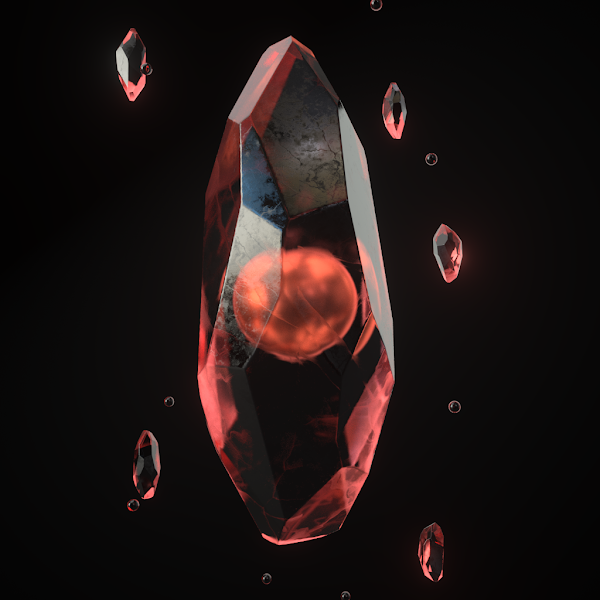
A few months ago a Twitter bot that shares public-domain images of objects in the Metropolitan Museum of Art’s Egyptian collection posted a chipped piece of black flint. The caption stuck with me: “Tool (?), ca. 300,000–90,000 B.C.” The stone was found near Thebes in Egypt, but predates any pyramids or treasure-filled tombs by dozens or hundreds of millennia. There’s a humorous honesty to the caption’s parenthetical question mark. The Met, one of the greatest art museums in the world, holds this impossibly old artifact, perhaps older than human language, without actually knowing what it is. The punctuation stands in for the most basic question about the relationship between humanity and object: What was this rock for?
Both detractors and fans of NFTs often ask an updated version of the same question. “What problem do NFTs solve?” ask the skeptics. “What’s the utility?” ask the collectors. Whether colored by scorn or curiosity, both questions are ultimately the same. What are these virtual objects for? Perhaps a better way to frame the question, instead of asking what problem they solve, is to ask what desire they fulfill. After all, most people don’t move through the world looking for problems to solve. People accumulate beautiful and meaningful objects that may or may not be useful. People place bets because they like to imagine themselves winning. People are led by desire. @met_egyptianart’s photo of a rock that may or may not be a tool calls to mind a peculiar sub-genre of NFTs: digital artworks that depict rocks. Rocks are a good way to think about the intersection of desire and utility in NFTs. Rocks are collectible. They can be pretty or dull. They can be rare and expensive or dead weight. They can have the provenance of a prehistoric tool or the anonymity of gravel.
Rocks are a good way to think about the intersection of desire and utility in NFTs.
Loucas Braconnier, also known as Figure31, produced a collection of ten thousand NFTs called Unshaded Rocks. Each is a unique 3D model of an irregular stone with no color or texture. Viewing them on the artist’s website or OpenSea, you can click and rotate each ghostly object to see it from all angles. Braconnier’s instructions for acquiring rocks walk collectors through the process of minting directly from the smart contract on Etherscan. “Make sure you understand the process,” he warns, providing numerical steps and screenshots with arrows drawn on by hand in a paint program. The slick and friendly UX you’d find on an NFT marketplace is stripped away, in much the same way the ten thousand virtual rock forms have no details beyond their shape. These are the simplest possible 3D simulations of rocks, made with open-source tools and stored on chain.
Each unique work in Rick Silva’s “Geomancer” series features a 3D stone that interacts with trippy, vibrant-colored abstract light. Some rocks are bisected and their interiors dissolve into pulsing color. Others let vibrating pinks and greens peek through throbbing cracks. Some works in the series are short videos where a glitched rock slowly rotates to an ambient electronic soundtrack, while others allow the viewer to click and rotate the stone’s 3D form. “Geomancer” poses questions about the interiority of virtual objects. Do these imagined things have an inside? Does it even make sense to extend the concept of interiority from the physical world to the virtual? Or, for that matter, from organic to inorganic? We don’t normally think of solid rocks as having an interior, at least not in the way that a plant or an animal does. Virtual 3D objects, like Braconnier’s Unshaded Rocks, lack interiority, but not the way real rocks do. Instead of impenetrable solids, virtual interiors are unrenderable voids; they come into view as a glitch, like with “noclipping” in 3D video games, when a player accidentally sees and navigates the blank space beyond the walls of a playable level. Silva’s “Geomancer” series replaces the void with digital abstraction, drawing attention to the space that’s meant to be contained and made invisible by digital surfaces.
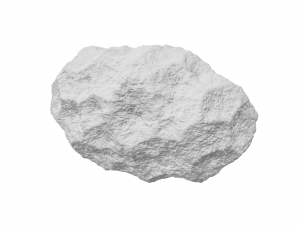
Clement Valla’s “Rock, Boulder, Cobble, Pebble” is a series of nine NFTs, each featuring a slowly rotating 3D model of a slice of a realistically rendered stone on a bright blue background. Below each piece is a row of other rock fragments along with the full, uncut stone. In the description of the NFTs we learn that each piece is taken from a scan of a real rock that was digitally sliced into nine parts. Valla shares he found the rock on Huckleberry Island in Long Island Sound, where “pirate Captain Kidd is rumored to have buried his treasure.” The short project description ends with this intriguing postscript: “If anyone collects all 9 parts, they are welcome to come get the original rock in my studio.” How’s that for utility? Collect all nine NFTs and you could get a real rock.
These examples are far from the only NFT projects that depict rocks. Perhaps the earliest is Ether Rock, launched in 2017, which makes reference to the Pet Rock fad of 1975, an even older example of spending money on supposedly useless collectibles. Other digital rocks allude to the preciousness of crystals, such as FVCK_CRYSTAL// by FVCKRENDER, OG:Crystals by Michael Joo and Danil Krivoruchko, and the Channel s0 Founder NFTs, rocks that act as tokens to access content produced by Channel, a decentralized media platform.
Rocks are ur-objects.
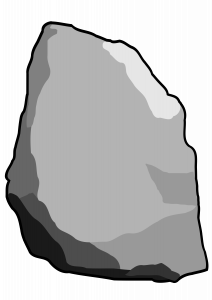
Rocks are ur-objects. They can be shaped into axes, weapons, objects of beauty, broken down into glass or metal for more sophisticated technologies, or assembled into walls, buildings, and cities. Rock NFTs are well-suited to this moment because despite all the activity swirling around NFTs, it’s possible that we haven’t yet figured out what this form is really for. Like the ancient, chipped flint in the Met’s collection, these virtual rocks may or may not be tools.
While most NFTs might reference images, it’s better to think of them as fictional things that can be collected, admired, and may or may not turn out to be useful. People often talk about NFTs when they’re referring to digital images, but this obscures the reality that NFTs are contracts, texts that describe something either by reference or instruction. The 3D images of rocks in the works discussed above matter less than the idea of a rock as a stand-in for a contract. Rock NFTs have a sense of clarity because they know exactly what they represent, but they’re not rushing a judgment about what NFTs could be. Rocks can hold value, but they’re also dumb, inanimate objects. Rock NFTs leave room for the possibility that NFTs might ultimately be useless.
Kevin Buist is a design strategist, curator, and writer based in Grand Rapids, Michigan.
